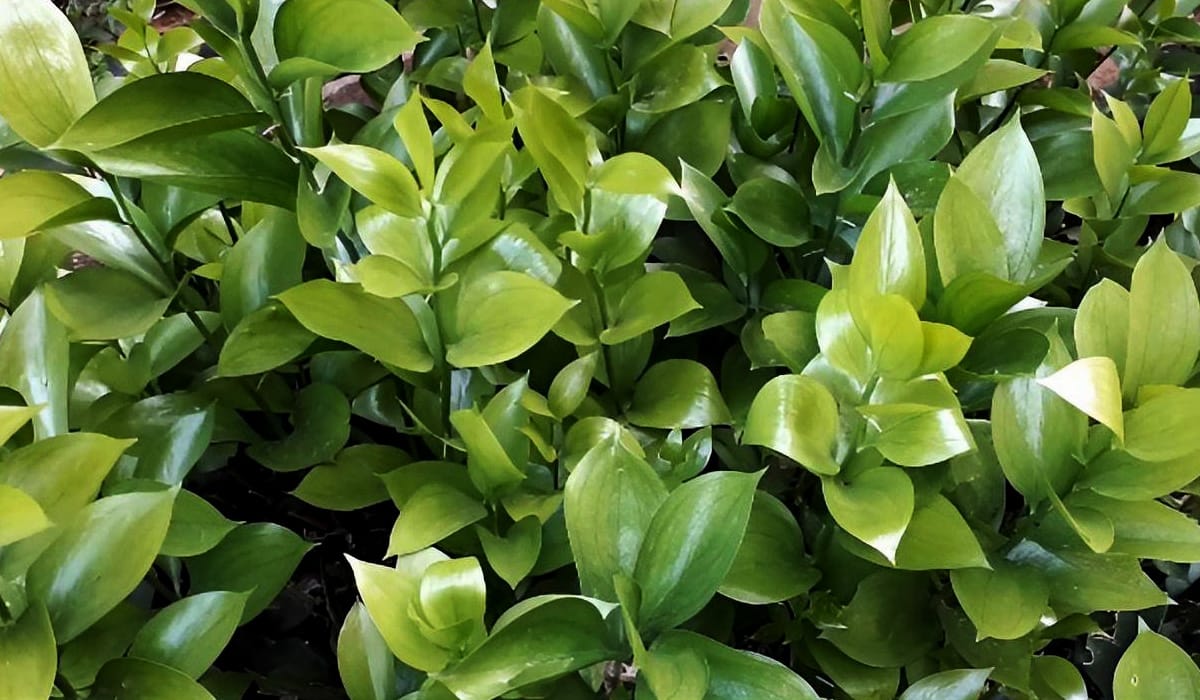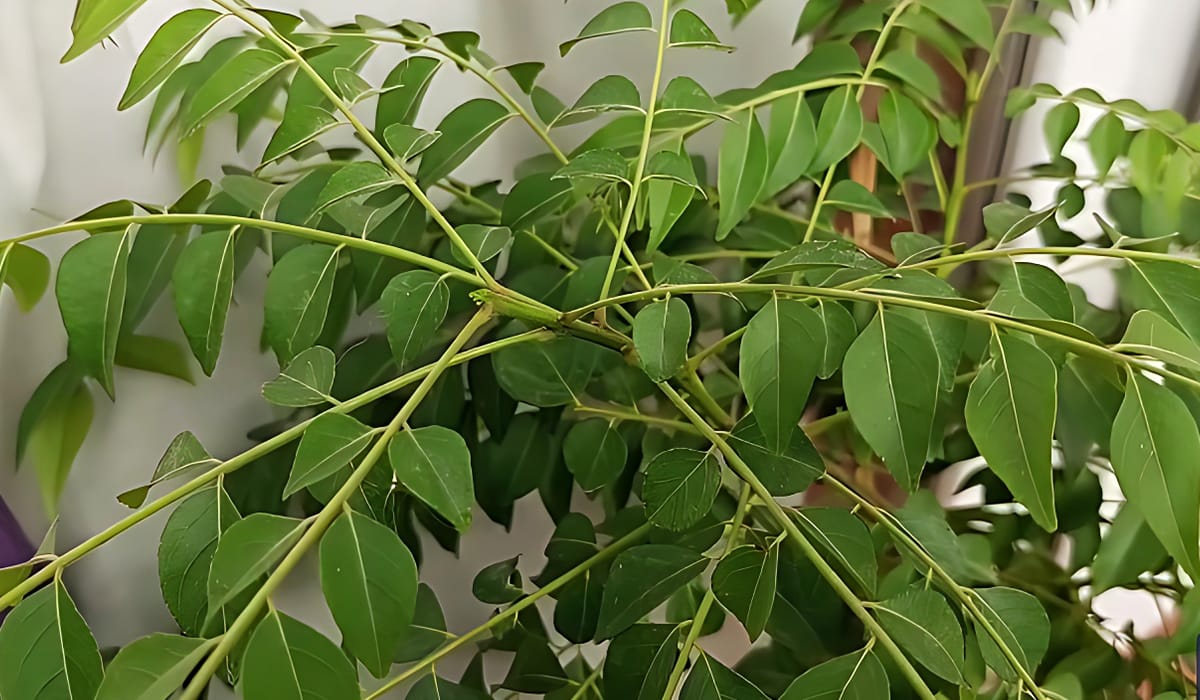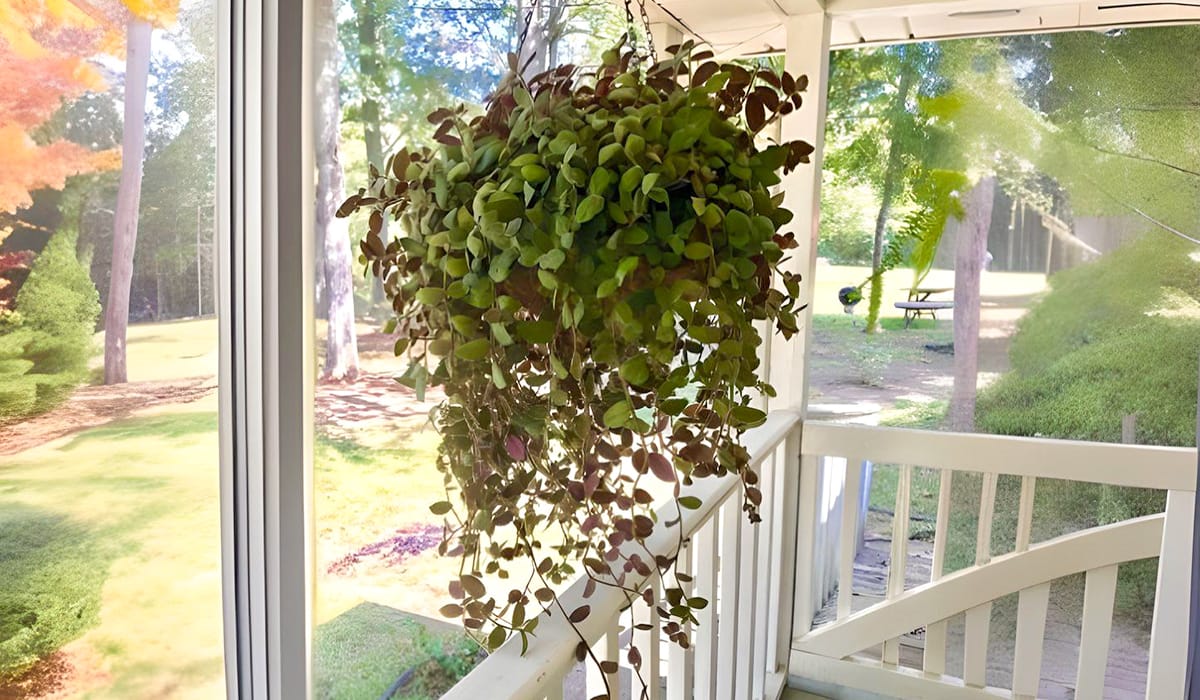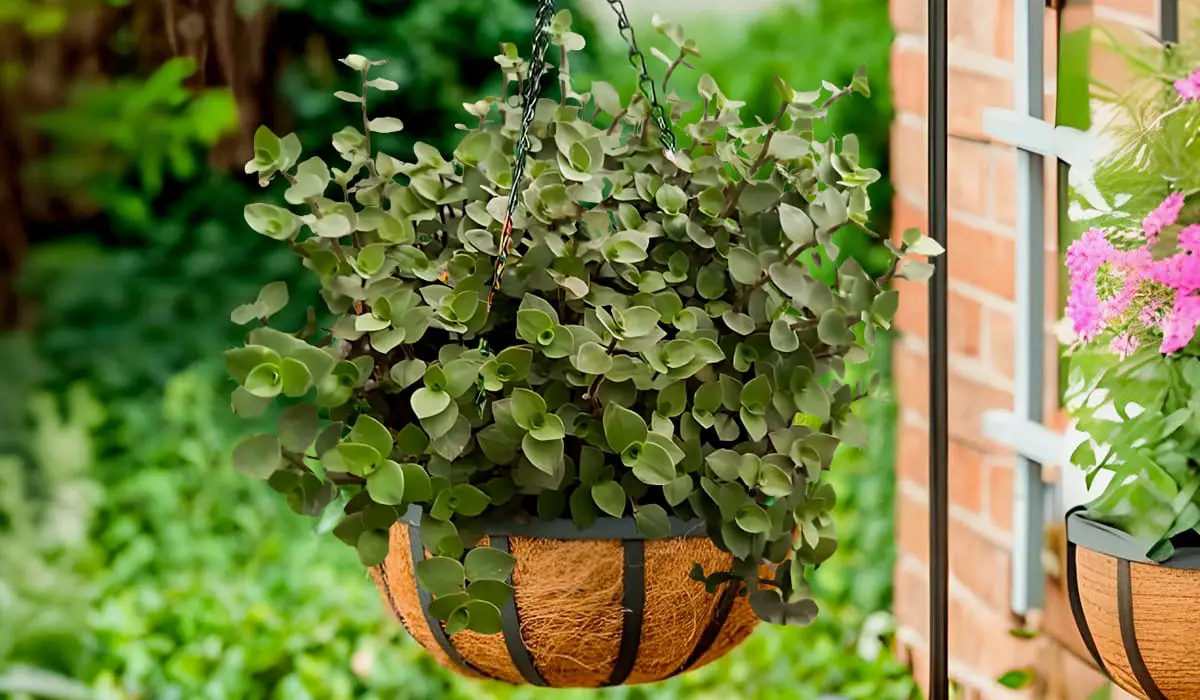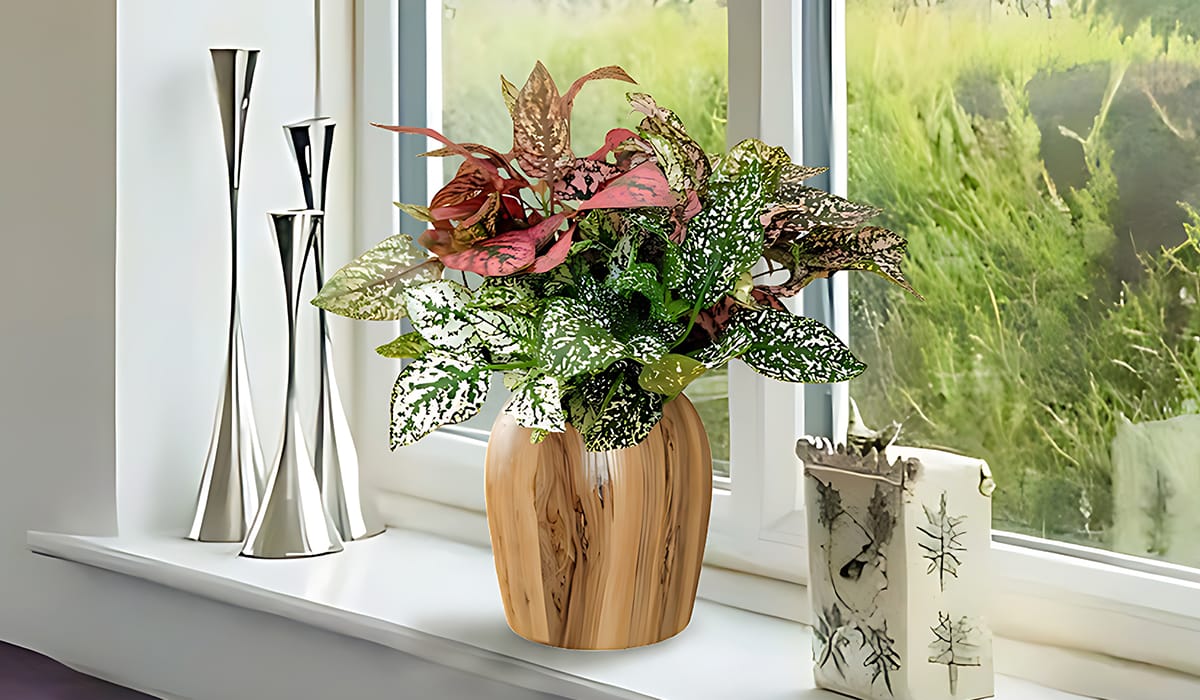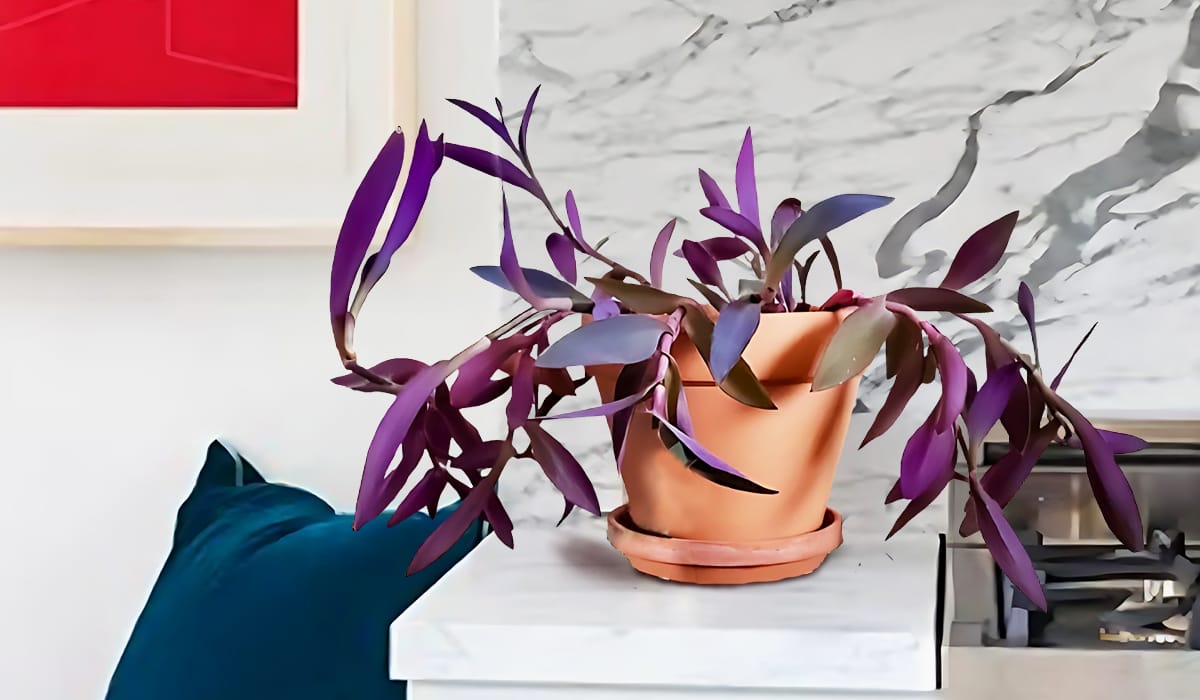
Welcome to the wonderful world of house plants, where every leaf tells a story of resilience and beauty. Within this lush realm, there is one plant that truly stands out with its vibrant hue and captivating charm - the Purple Heart Plant. Come join us on a journey as we delve into the secrets of this botanical gem and discover the key to successfully nurturing it in your home.
Are you looking a good Purple Heart Plant and if You searching, how to propagate, grow, and care for a Purple Heart Plant?
Great You have come to one of the best resources available on the internet.
We researched several books, blogs, and videos about the Purple Heart Plant and added our personal experiences then we wrote this article. If you read this full article properly. Then you will get a complete idea of the Purple Heart Plant and care for them. So if you are a plant lover we hope you will enjoy this article.
| Common Name: | Purple Heart or Purple Queen |
| Botanical Name: | Tradescantia pallida |
| Family: | Commelinaceae |
| Native Area: | Mexico |
| Height: | 8 to 12 inches |
| Tolerate: | Drought-tolerant |
| Plant Type: | Perennial succulent |
| Sun Exposure: | Full sun to partial shade |
| Soil pH: | Neutral to slightly acidic |
| Bloom Time: | Spring to early summer |
| Soil Type: | Well-draining soil |
| Toxicity: | Mildly toxic to humans and pets if ingested |
| Hardiness Zones: | USDA 9-11 |
How To Propagate Purple Heart Plant
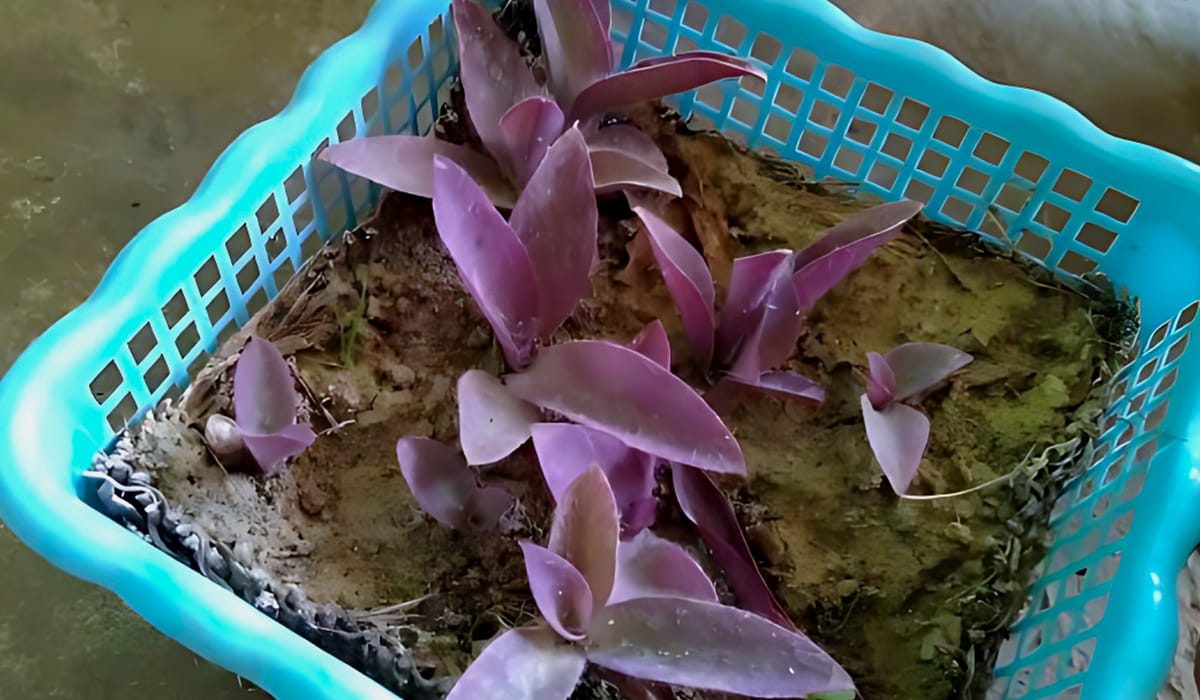
Propagating the Purple Heart Plant is a simple and rewarding process, making it an excellent choice for both novice and experienced plant enthusiasts. Here's an easy step-by-step guide on how to propagate your Purple Heart Plant:
Materials Needed:
- Healthy Purple Heart Plant
- Clean, sharp scissors or pruning shears
- Small pots or containers
- Well-draining potting mix
- Watering can
Then Follow the below Steps:
- Select a Healthy Mother Plant: Choose a mature and healthy Purple Heart Plant for propagation. Look for stems that are free from diseases or pests, and select those with vibrant, well-formed leaves.
- Prepare Your Tools: Ensure your scissors or pruning shears are clean and sharp. This helps minimize the risk of introducing infections to the plant during the propagation process.
- Identify Suitable Stems for Cutting: Locate long and healthy stems on the mother plant. Ideally, choose stems that haven't flowered yet and have several sets of leaves.
- Take Cuttings: Using your scissors or pruning shears, snip the selected stems just below a leaf node. A leaf node is the point where a leaf is attached to the stem. Aim for cuttings that are 4-6 inches in length.
- Remove Excess Leaves: Trim off any excess leaves along the stem, leaving only a few at the top. This reduces the stress on the cutting and encourages energy to focus on root development.
- Allow Cuttings to Callus: Place the cuttings in a dry, shaded area for a few hours or overnight to allow the cut ends to callus. This step helps prevent rot when the cuttings are planted.
- Plant Cuttings: Fill small pots or containers with well-draining potting mix. Make a hole in the soil using a pencil or your finger and insert the cut end of each Purple Heart cutting. Gently firm the soil around the cutting to provide stability.
- Watering: Water the newly planted cuttings lightly to settle the soil. Avoid overwatering, as Purple Heart Plants prefer slightly dry conditions. Keep the soil consistently moist but not soggy.
- Provide Indirect Light: Place the pots in an area with bright, indirect sunlight. Avoid direct sunlight, as this can stress the cuttings. A windowsill with filtered light or a shaded spot in your garden is ideal.
- Monitor and Transplant: Monitor the cuttings regularly for signs of growth. Once they have developed strong roots and are showing new leaves, they can be transplanted into larger containers or directly into your garden.
Propagation is a fantastic way to expand your Purple Heart Plant collection or share the beauty of this resilient plant with friends and family. With a little care and patience, you'll soon have a thriving array of Purple Heart Plants to adorn your indoor or outdoor space.
How To Care Purple Heart Plant
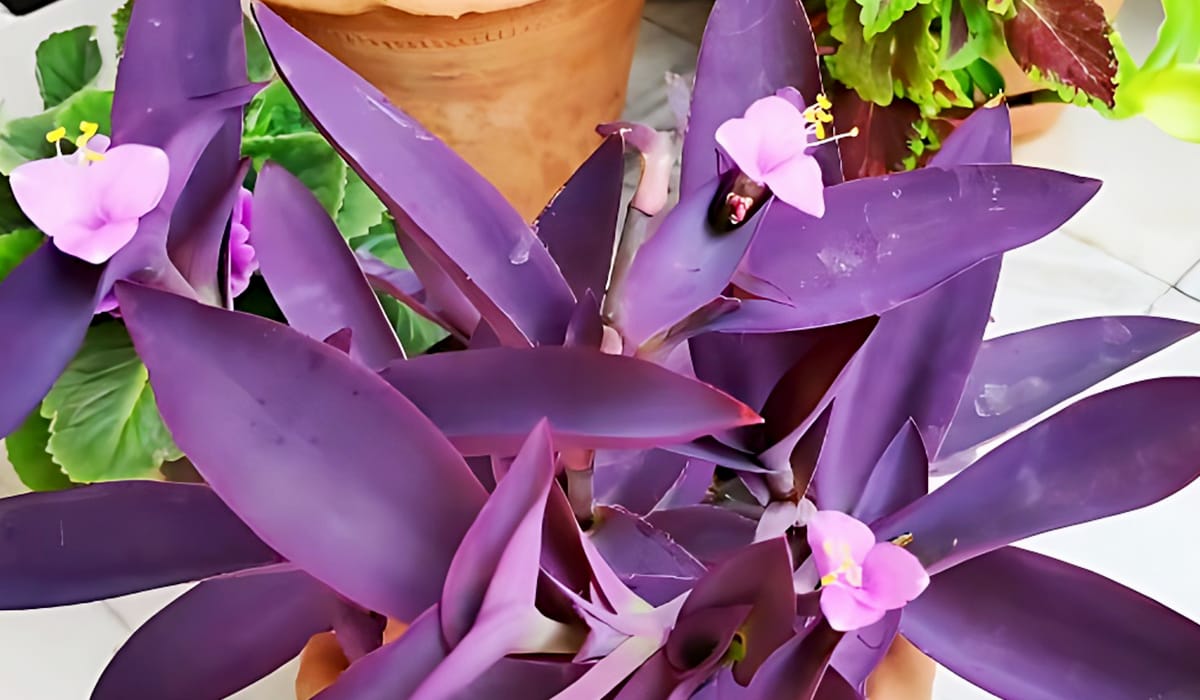
Caring for a Purple Heart Plant (Tradescantia pallida) is straightforward, making it an ideal choice for both beginners and experienced plant enthusiasts. Here's an easy guide to help you ensure your Purple Heart Plant thrives:
- Light: Purple Heart Plants thrive in bright, indirect sunlight. Place them near a window where they can receive plenty of filtered sunlight. They can tolerate some shade, but the vibrant purple coloration is enhanced in brighter light conditions.
- Soil: Use well-draining soil to prevent waterlogging. A mix of potting soil and perlite or sand works well to replicate the plant's natural habitat. Ensure the soil is slightly acidic to neutral.
- Watering: Allow the soil to dry out between waterings. Purple Heart Plants are more tolerant of underwatering than overwatering. Water thoroughly when the top inch of soil feels dry to the touch. Empty the saucer beneath the pot to prevent waterlogging.
- Temperature and Humidity: Purple Heart Plants are adaptable to a range of temperatures. They prefer average room temperatures and can withstand some fluctuations. They are resilient to various humidity levels, making them suitable for different indoor environments.
- Pruning: Regular pruning helps maintain the plant's shape and encourages bushier growth. Trim back leggy or overly long stems to promote a fuller appearance.
- Fertilization: Feed your Purple Heart Plant with a balanced liquid fertilizer every 4-6 weeks during the growing season (spring and summer). Reduce or stop fertilizing in the fall and winter when the plant is in a dormant phase.
- Propagation: Propagate your Purple Heart Plant easily by taking stem cuttings. Follow the steps mentioned in the "Easy Way to Propagate Purple Heart Plant" guide for a successful propagation process.
- Container and Repotting: Choose a pot with drainage holes to prevent waterlogging. Report your Purple Heart Plant when it outgrows its current container or every 2-3 years. Use fresh potting mix during repotting.
- Pest Control: Keep an eye out for common pests like spider mites or aphids. If detected, treat them promptly with insecticidal soap or neem oil.
- Winter Care: Purple Heart Plants may enter a dormant phase in winter, during which their growth slows. Reduce watering during this period. If grown outdoors in colder climates, bring potted Purple Heart Plants indoors to protect them from frost.
- Display Options: Purple Heart Plants are versatile and can be displayed in hanging baskets, containers, or ground cover. Consider combining them with other houseplants for a visually appealing arrangement.
By following these simple care guidelines, you can enjoy the beauty of the Purple Heart Plant and watch it thrive in your home or garden. With its vibrant foliage and easygoing nature, this plant is sure to become a favorite in your collection.
Purple Heart Plant Varieties
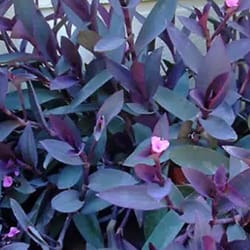
| Purple Heart or Purple Queen |
| This is the most well-known Purple Heart Plant. It features long trailing stems with lance-shaped leaves that are deep purple to violet in color. It's often used as ground cover or in hanging baskets. |
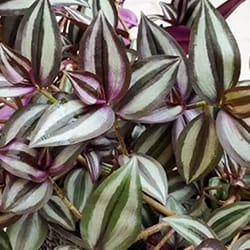
| Wandering Jew or Inch Plant |
| While not entirely purple, the Tradescantia zebrina has a mix of green, silver, and purple hues on its leaves. It is also commonly known as the Wandering Jew or Inch Plant and is appreciated for its trailing growth. |
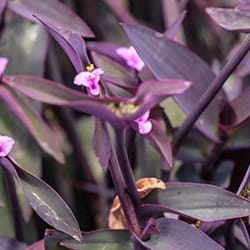
| Purple Heart Spiderwort |
| Often confused with Tradescantia pallida, Setcreasea pallida is a close relative. It has similar purple foliage and is sometimes called Purple Heart Spiderwort. It's also used as ground cover or in hanging baskets. |
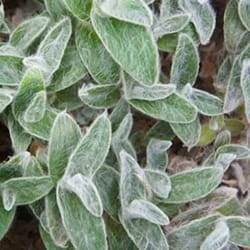
| White Velvet or Cobweb Spiderwort |
| While not purple, this species is related to the Purple Heart Plant family. It has unique fuzzy, silver-green leaves with a cobweb-like texture. It's known as White Velvet or Cobweb Spiderwort. |
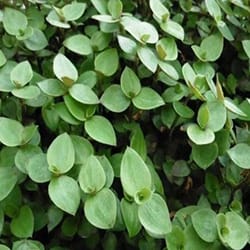
| Bolivian Jew or Turtle Vine |
| Also known as Bolivian Jew or Turtle Vine, this plant has trailing stems with small, succulent leaves. The leaves can have a purple tint, especially in response to sunlight. |
Purple Heart Plant benefits

The Purple Heart Plant (Tradescantia pallida) is not only visually appealing but also offers several benefits that make it a wonderful addition to your indoor or outdoor space. Here are some of the benefits of having a Purple Heart Plant:
- Air Purification: Like many houseplants, the Purple Heart Plant contributes to improving indoor air quality by absorbing pollutants and releasing oxygen. This can create a healthier living environment for you and your family.
- Stress Reduction: Indoor plants, including the Purple Heart Plant, have been associated with stress reduction and improved mental well-being. The presence of greenery and the act of caring for plants can have a calming effect on individuals.
- Easy Care: The Purple Heart Plant is known for its low-maintenance nature, making it an excellent choice for both beginners and busy plant owners. Its adaptability and resilience mean that it can thrive with minimal attention.
- Aesthetic Appeal: The vibrant purple foliage of the Purple Heart Plant adds a touch of beauty and elegance to any space. Whether used as a hanging plant, ground cover, or part of a mixed arrangement, its striking color makes it a visually pleasing choice for home or garden decor.
- Indoor and Outdoor Versatility: Purple Heart Plants can be grown both indoors and outdoors, providing flexibility in terms of placement. They are suitable for hanging baskets or containers or as ground cover in garden beds.
- Easy Propagation: The Purple Heart Plant is easily propagated through stem cuttings, allowing you to expand your plant collection or share the joy of gardening with friends and family. This simple propagation process makes it an accessible choice for plant enthusiasts.
- Drought Tolerance: Purple Heart Plants are adapted to survive in arid conditions, making them relatively drought-tolerant. This feature makes them suitable for individuals who may forget to water their plants regularly.
- Erosion Control: When planted outdoors, Purple Heart Plants can be effective in preventing soil erosion. Their trailing growth habit and dense foliage help stabilize soil on slopes or in garden beds.
- Educational Value: Growing a Purple Heart Plant provides an opportunity to learn about plant care, propagation, and the natural processes of a living organism. It can be a rewarding experience for both adults and children.
- Symbolic Meaning: In addition to its practical benefits, the Purple Heart Plant can symbolize admiration, success, and devotion. Its unique name and vibrant color make it a meaningful gift for various occasions.
The Purple Heart Plant offers a combination of aesthetic appeal, air-purifying qualities, and ease of care, making it a versatile and beneficial addition to your plant collection. Whether you're a seasoned plant enthusiast or a beginner, the Purple Heart Plant is sure to bring joy and beauty to your living space.
Common Purple Heart Plants Problems And Solutions
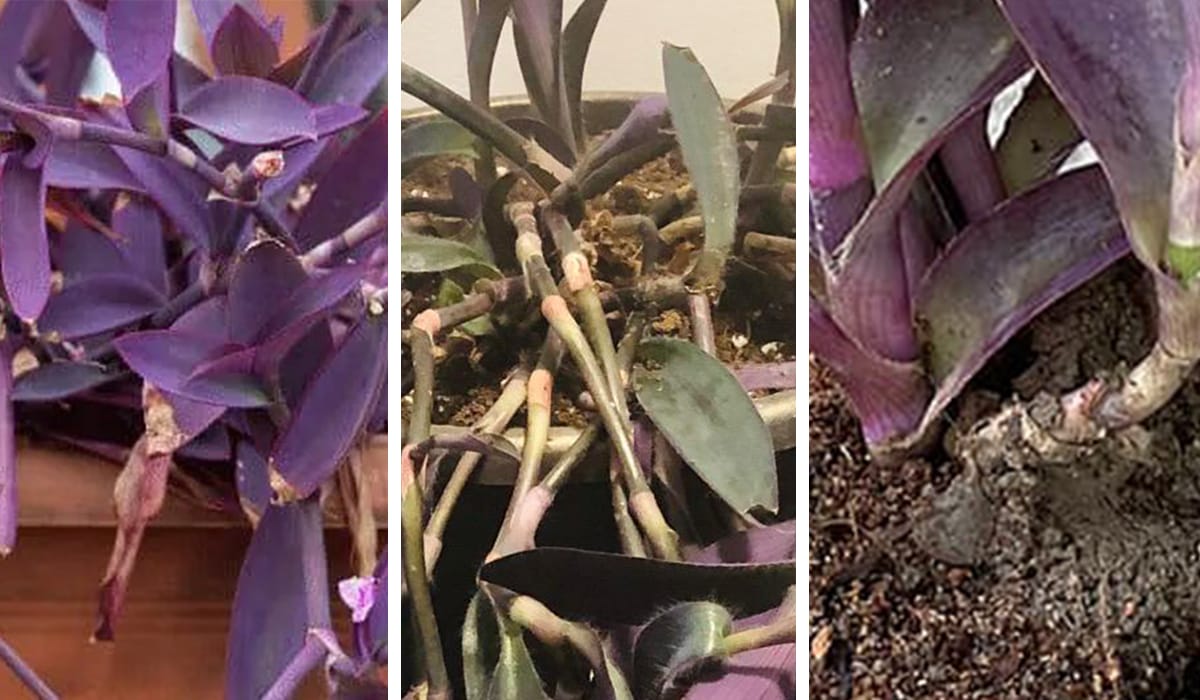
While the Purple Heart Plant (Tradescantia pallida) is generally a hardy and resilient species, it can face some common problems. Here are a few issues you might encounter and their potential solutions:
Overwatering:
- Problem: Purple Heart Plants are susceptible to root rot if overwatered.
- Solution: Allow the top inch of soil to dry out before watering. Ensure proper drainage in the pot, and avoid leaving the plant in standing water.
Underwatering:
- Problem: If the plant doesn't receive enough water, it can lead to wilting and a decline in overall health.
- Solution: Water the Purple Heart Plant when the top inch of soil feels dry. Be consistent with watering, especially during the growing season.
Leggy Growth:
- Problem: If the plant becomes leggy or has long stems with sparse foliage, it may need pruning to encourage bushier growth.
- Solution: Regularly trim the stems to promote a fuller appearance. You can propagate the cuttings to create new plants.
Pests:
- Problem: Common pests, such as spider mites or aphids, can infest Purple Heart Plants.
- Solution: Inspect the plant regularly for pests. Use insecticidal soap or neem oil to treat infestations. Isolating the affected plant can prevent the pests from spreading.
Fungal Diseases:
- Problem: Fungal diseases, such as powdery mildew or leaf spot, can occur, especially in humid conditions.
- Solution: Ensure good air circulation around the plant. Avoid overhead watering to reduce humidity. Treat fungal issues with appropriate fungicides if necessary.
Yellowing Leaves:
- Problem: Yellow leaves may indicate nutrient deficiencies or poor soil drainage.
- Solution: Check the soil for drainage issues. Feed the plant with a balanced liquid fertilizer during the growing season to address nutrient deficiencies.
Winter Dormancy:
- Problem: Purple Heart Plants may experience a dormant phase in winter, leading to reduced growth.
- Solution: Reduce watering during winter when the plant is less active. Provide slightly cooler temperatures and lower light levels.
Sunburn:
- Problem: Excessive sunlight can cause sunburn, resulting in brown or scorched leaves.
- Solution: Gradually acclimate the plant to increased light levels. If grown outdoors, provide partial shade during the hottest part of the day.
Crowded Roots:
- Problem: Over time, Purple Heart Plants can become root-bound if not repotted.
- Solution: Repot the plant every 2-3 years or when you notice the roots circling the pot. Use fresh potting mix and a slightly larger container.
Environmental Stress:
- Problem: Sudden changes in environmental conditions, such as temperature or humidity, can stress the plant.
- Solution: Gradually introduce the plant to new conditions to minimize stress. Ensure stable conditions as much as possible.
Regular monitoring, proper care, and prompt intervention, when issues arise, can help keep your Purple Heart Plant healthy and thriving. Addressing problems early ensures that your plant continues to add beauty to your indoor or outdoor space.
Conclusion
If you're looking for a beautiful and easy-to-care-for houseplant, the Purple Heart Plant is an excellent choice. It boasts a stunning color palette and requires very little maintenance, making it an ideal addition to any indoor garden. Bring a touch of nature's magic into your home by embracing the allure of the Purple Heart Plant and watching it thrive in your living space.
Consider expanding your indoor plant collection with other easy-to-care-for plants like
Each of these plants offers its unique charm and benefits.
Thanks for reading this article. if you have any questions must comment and contact our team. don't forget to share this article with your friends.

